
 American citizens
American citizens
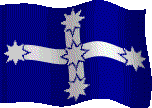
British Slaves . . . is a detailed and enlightening study of this relatively unexplored part of Australia's convict history.'http://www.mup.unimelb.edu.au/catalogue/0-522-85027-8.html
http://leatherwoodonline.com/history/2004/patriots/patriots1.htmAbove: the Southern Cross, the flag of Australia, free from British Tyranny.
http://www.leatherwoodonline.com/history/2004/patriots/patriots1.htm
"We hardly had our feet on the soil, when almost the first objects that greeted our vision were gibbets, and men toiling in the most abject misery, looking more degraded even than so many dumb beasts. Such sights, and the supposition that such might be our fate, served to sink the iron still deeper in our souls."
This book tells the strange story of almost a hundred United States citizens who were transported to Van Diemen's Land in 1839-40.
As members of the Patriot Army that had conducted border raids into the colony of Upper Canada in 1838, they saw themselves as courageous republican activists, impelled by a moral duty to liberate their northern neighbours from British oppression. Instead of heroic liberators, they became political prisoners of Her Majesty's government.
Sent to Van Diemen's Land by Lieutenant-Governor Arthur--in the hope of deterring any more Yankees from exporting their abhorrent ideology to the Queen's domain--the Patriot exiles endured years of harsh treatment before they were eventually pardoned. Not being British subjects, their transportation was almost certainly illegal.
Eleven of the Patriots wrote narratives about their time in Van Diemen's Land. From these interlocking accounts, Cassandra Pybus and Hamish Maxwell-Stewart have constructed a compelling story of the Patriots' experiences as convicts, drawing also on unpublished letters, newspaper reports and government archives.
This vivid and intimate story of political exile and punishment provides a window into the everyday life of the many thousands of forgotten men and women who endured the calculated cruelties of penal transportation.
********************************************************************
Convicts arrived in Van Dieman's Land, with Lieutenant Bowen in 1803, to establish a settlement in the colony. Penal settlements were constructed by convict labour at Sarah Island in Macquarie Harbour in 1822, at Maria Island in 1825, and Port Arthur in 1830. The convicts to arrive at Sarah Island were harshly treated and worked in atrocious conditions to supply timber, firstly for construction of the penal settlement and later for ship building and to supply timber for Hobart Town.
Huon Pine was harvested from the banks of Macquarie Harbour a cold and damp environment the convicts were constantly wet and worked from daylight until dark, often in chains sometimes in waist deep water. Their punishment was flogging with the cat-o'-nine-tails.
 Convicts at work at Port Arthur
Convicts at work at Port Arthur

Sarah Island was closed in 1833 and the convicts transferred to Port Arthur penal settlement. The first convicts to arrive at Port Arthur were also worked like slaves to establish a timber industry in the surrounding forest. Huge logs were carried out of the forest by up to 70 convicts working in heavy leg irons, Many men were killed being crushed by the logs they carried.
Convicts sent to Port Arthur were mostly repeat offenders, they were dealt with harshly with the worst convicts assigned to the chain gangs. Port Arthur soon gained a reputation as "hell on earth". To prevent escape the "Dog Line" was established at the narrow isthmus at Eaglehawk Neck, the area was illuminated by lamps at night and patrolled by twenty five sentries and a line of nine hungry dogs. Port Arthur's was continually sent convicts until Britain began to wind down the penal system in 1851.
May 26th 1853, saw the last convict transport ship dock in Hobart Town. Britain had sent over 67,000 convicts to Van Diemen's Land since first the first settlement. The infamous and brutal Port Arthur penal colony " was finally closed in 1877.



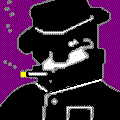

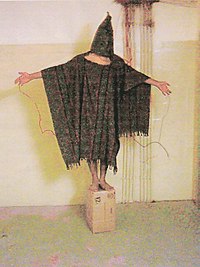




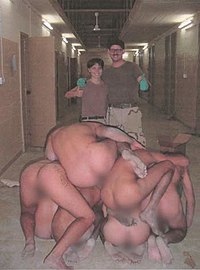



























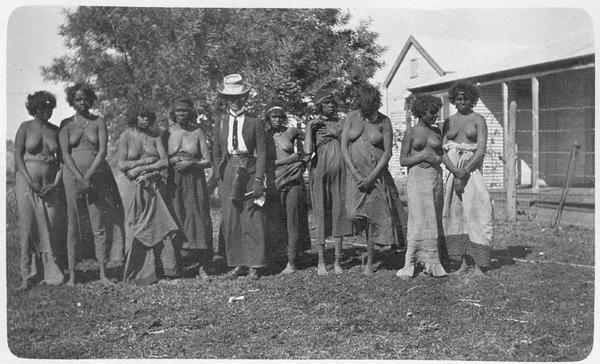



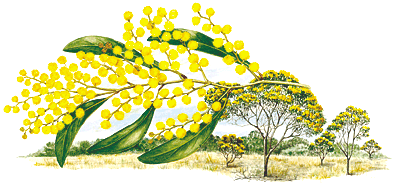


+copy.jpg)










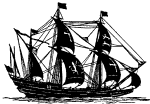





















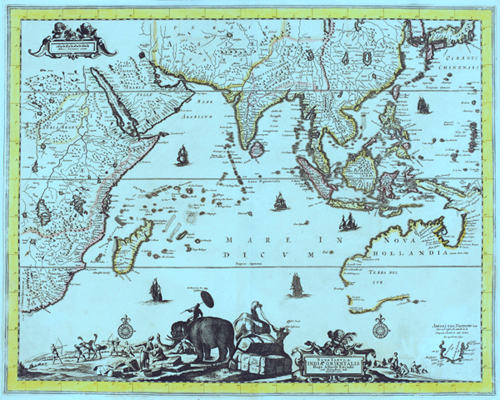





















.jpg)
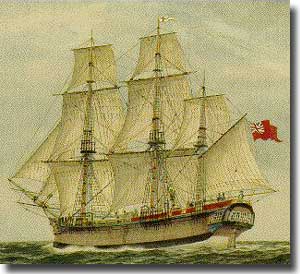

























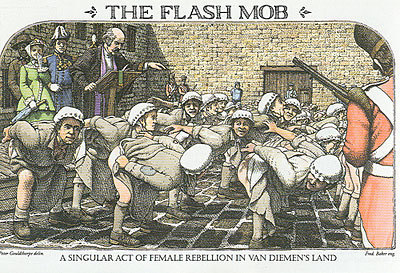
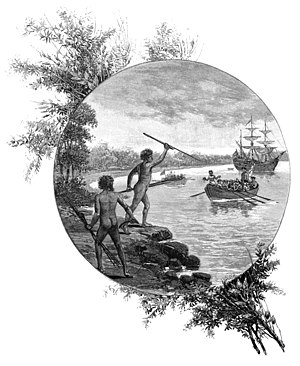 G
G







.jpg)















